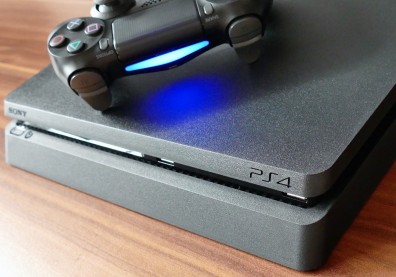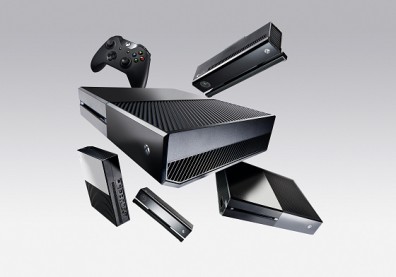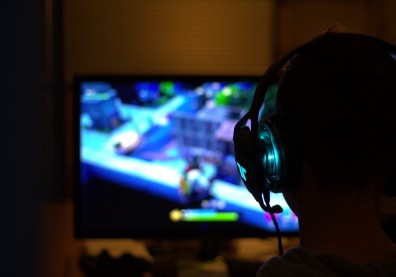Whenever the topic of upcoming consoles such as the Xbox One or PlayStation 4 is at hand, the first thing anyone thinks is that these consoles will usher the next generation of gaming, but that's not all that these consoles will do. Recently, some brand new details emerged related to what's inside the Xbox One, and the result is even more fascinating than we guessed.
Recently, at the Hot Chips engineering conference held at Stanford University, Microsoft chip architect John Sell took center stage to hold an in-depth analysis of the Xbox One, and discussed the SOC powering the Xbox One, which had been co-designed with AMD.Semi-Accurate was present to get a few snaps of the upcoming console and its insides.
Sell revealed that SOC is just one big chip, measuring about 363 square millimeters, and consists of five billion 28 nm transistors with the CPU, GPU and 47 MB of memory - everything under one hood.
To add to that, Microsoft has also added its own external light sensor to the console. The aim here is to figure out what the console is seeing in front of it, judging by a host of internal calculations. Before that, however, there was a problem. As PCWorld puts it: "Microsoft's Xbox One has a problem: you, and your family."
Coming back to the console, the internal CPU consists of eight 64-bit AMD Jaguar cores, with the CPU also boasting 15 unique processors that are meant to transfer data at 200 GB per second or even more.
Moreover, the chips have been specially customized on the console and the GPU is a "DirectX 11.1+" chip - meaning that Direct X 11.2 will indeed be heading over to the console. Sell also went on to state: "There's more than a CPU's worth of processing in there."
Apart from all these, the console also sports 8 GB of shared DRAM (dynamic random access memory), a Blu-ray drive and a 500GB hard disk. The audio subsystem has two dedicated vector cores and the built-in Kinect technology.
As far as the new Kinect is concerned, Patrick O' Connor, another system designer for Microsoft, "explained that the chip can resolve players less than 1 meter away, and players at more than 2 meters away, with a 70-degree field of view. Microsoft also has to take into account a whole range of environments-from players that like to play games in the dark to broad daylight," wrote PC World.
"The Kinect on the Xbox One actually 'illuminates' the room with its own modulated light. What the camera's 512 x 424 sensor 'sees' is the reflected light, which will be out of phase depending on the way it reflects from objects. The Xbox One then adds or subtracts their values to weed out the ambient light, determine the player's location and motion, and what is the 'active' image. Each Xbox One can distinguish up to six different players, O'Connor said, but exactly "who" is playing at any one time takes some figuring," the article adds.
The Xbox One is scheduled to arrive this November.









